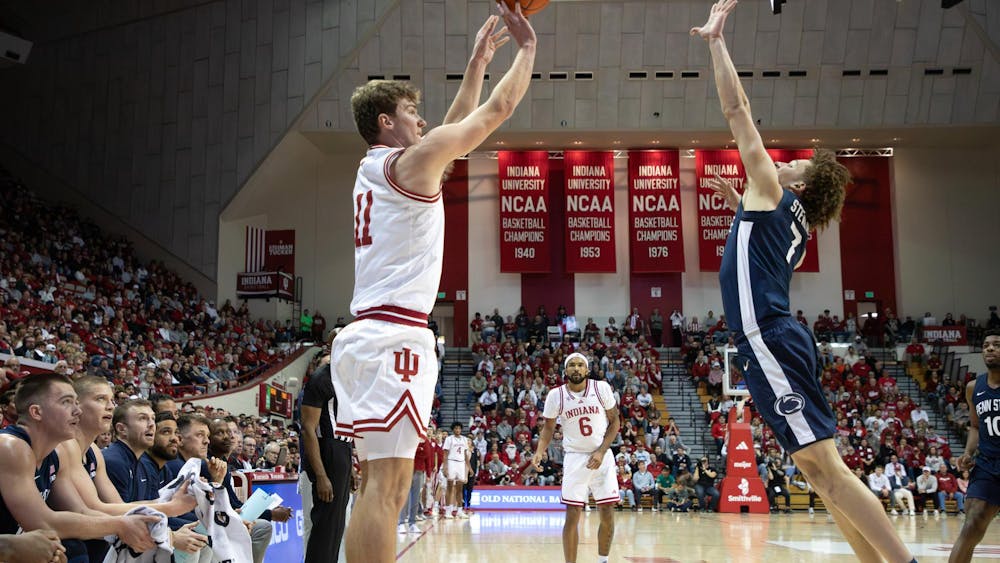With a big smile and a charismatic personality, Robyn Ochs jumped head-first into her lecture on bisexuality. “What are some stereotypes that you have heard about bisexuals?” she asked the crowd of more than 50 students, teachers and Bloomington residents.\nWords like “indecisive” and “confused” were mentioned several times, as well as “fabulous in bed” and “can’t commit,” and even a few derogatory words. One person stated that she knew nothing of bisexuality, to which Ochs replied, “silence is loud, too, sometimes.” \nAfter hearing a comment that bisexuals have been heard to be curious, Ochs joked, “Oh, it’s just part of normal teenage experimentation. Don’t worry, dearies, you’ll grow out of it.”\nOchs, an advocate and activist for gay rights and equality, spoke at the Collins Coffeehouse last Thursday. Her lecture, titled “Bisexuality: Myths and Realities,” featured an interactive presentation and “experiment” using members of the audience to demonstrate the key points of her discussion.\n“Bisexuals are the second least popular group in America, after intravenous drug users,” Ochs said, quoting a 2002 psychological study done by University of California-Davis professor Gregory Herek titled “Heterosexuals’ Attitudes Toward Bisexual Men and Women in the United States.”\nTo teach the audience about the negative stigmas surrounding bisexuality, she gave each person a questionnaire to fill out. She then redistributed them anonymously through the audience.\nOchs used the Kinsey Scale, a line ranging from zero to six, with zero being “exclusively heterosexual” and six being “exclusively homosexual,” and had each person stand by the number his or her questionnaire corresponded with. \nThe results indicated the majority of people in the room was homosexual. \n“That’s interesting,” Ochs said. \n“But this is Collins!” sophomore Missy Ragatz joked. \nAs the experiment progressed, the number of people standing at the corresponding numbers to their surveys constantly changed. \nOchs’ interactive experiment showed that, while the majority of the audience was either gay or straight, there were still several members who considered themselves bisexual. “It’s not just black and white – there are a lot of shades of gray,” freshman Dylan Rivard said. “(The experiment) made me aware of the various intricacies that go into a person’s sexuality.”\nFreshman Blake Sohacki agreed. \n“It’s interesting to witness the alterations of the survey and program, and realize how related we all are in regards to sexual orientation and our insecurities within it,” he said.
Collins Coffeehouse plays host to bisexuality talk
Get stories like this in your inbox
Subscribe





